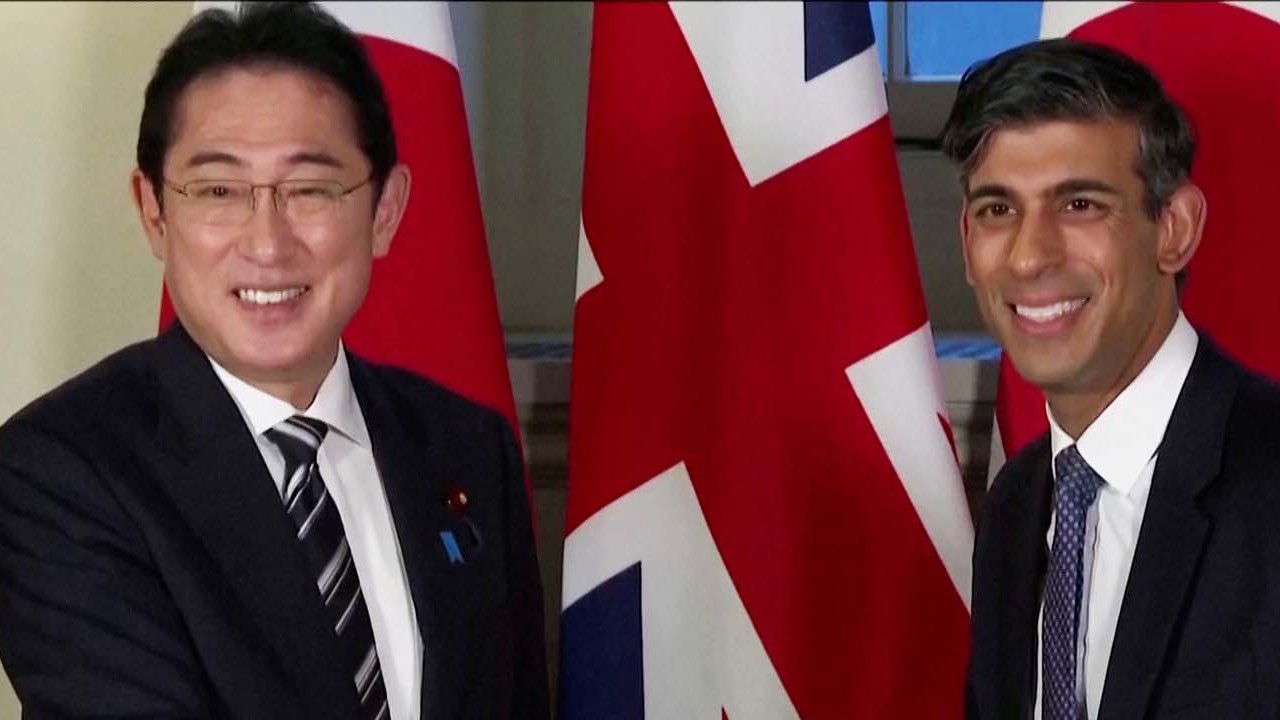
Was China the focus of Japan PM Kishida’s whirlwind G7 ‘summit diplomacy’ tour?
- Fumio Kishida used his week-long tour of France, Italy, Britain, Canada and the US to shore up support and seek security assurances as tensions rise
- Analysts say the ‘emerging possibility’ of a Taiwan invasion focused minds as Tokyo balances military deterrence of China with economic engagement
Tomoo Kikuchi, an associate professor at Japan’s Waseda University, said Kishida’s G7 tour provided “an opportunity for Japan to strengthen military ties with its Western partners and to play a more proactive role in upholding the rules-based international order” as the ongoing war in Ukraine and “emerging possibility” of a Taiwan invasion focused minds.
“The international security environment remains deeply unstable,” agreed Jonathan Berkshire Miller, a senior fellow at the Japan Institute of International Affairs, who said Kishida was “likely pressing for the G7 to continue efforts to push back against unilateral attempts to change the status quo”.
‘Sending a signal to China’
Yet China remains Japan’s largest trading partner – bilateral trade hit a high of US$371.4 billion in 2021, according to China Customs – creating something of a diplomatic headache for Tokyo.
Deterring China militarily and yet engaging it economically is a careful balancing act for Japan
“Deterring China militarily and yet engaging it economically is a careful balancing act for Japan,” said Yoichiro Sato, a professor of Asia-Pacific studies at Ritsumeikan Asia Pacific University in Japan, who thinks Kishida’s “summit diplomacy” was primarily aimed at preparing the ground for May’s G7 summit in Hiroshima.
China’s nationalistic Global Times tabloid on Wednesday accused Japan of engaging in an “anti-China tandem” with the other G7 members, and “displaying a hard-line attitude toward China”.
“If this is the main direction of Japanese diplomacy in 2023, it will be a terrible mistake,” said the daily’s editorial titled “Tokyo needs to strategically sober up as soon as possible”.

All Kishida’s diplomatic work, Sato warned “would be wasted if his own cabinet loses popular support before the G7 summit” in May.
Meanwhile, before he embarked on his trip, Kishida held a phone call with Ukrainian President Volodymyr Zelensky on January 6 in which he pledged that Japan would strengthen ties with Ukraine and “play an active role” as G7 host.
“Kishida hopes to play a leadership role by offering reconstruction aid to Ukraine,” said Sato, who is also a senior visiting research fellow at the Singapore-based ISEAS-Yusof Ishak Institute.
Tokyo has so far focused on sending humanitarian help to Ukraine such as by providing power generators and lighting apparatus, as well as supplying bulletproof vests, helmets and other non-lethal military aid.


